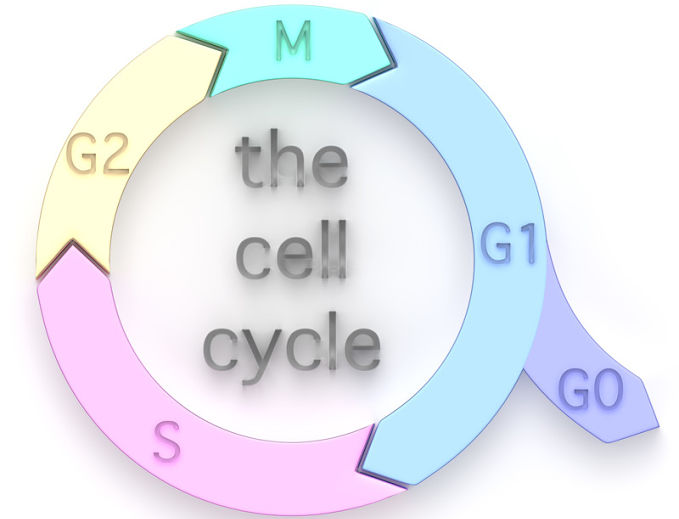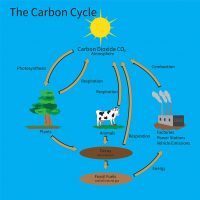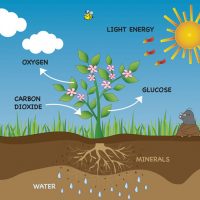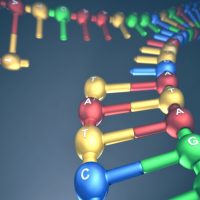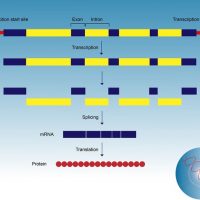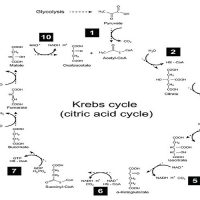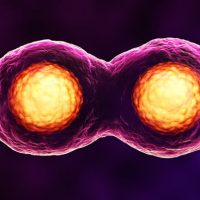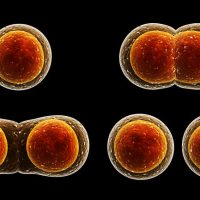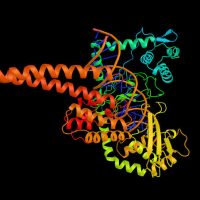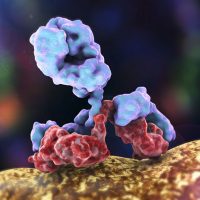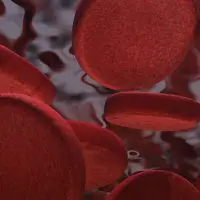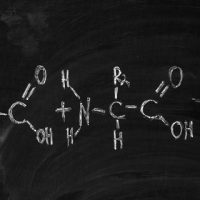This article explains the cell cycle and answers the question, what is the longest phase of the cell cycle?
Humans need new cells to repair damaged body parts, for growth, and to replace cells that have died. Cells die because they are old, can’t function, are damaged, or they are simply not needed anymore. Each minute, approximately 300 million of your cells die. They must be replaced in order to maintain body function, let alone growth and development.
What is the cell cycle?
The cell cycle is the term for what happens during the lifespan of any cell. It is responsible for the growth and development of individual organisms by allowing each cell to divide into two, new, identical daughter cells.
The cell cycle is the term for what happens during the lifespan of any cell.
What are the phases of the cell cycle?
There are two phases in the cell cycle: interphase and cell division, which in turn has two phases called mitosis and cytokinesis.
Interphase
Normal cell activities such as growth, cellular respiration, protein synthesis, and other specialized cell function take place during interphase. Organelles are replicated as the cell grows, and a critical process called DNA replication takes place. This process is crucial to the next phase of the cell cycle, as it allows the nucleus to divide properly without any loss of genetic material.
Mitosis
Mitosis, also called nuclear division, is the careful separation of all the chromosomes. Each new cell being created needs an entire set of chromosomes in order to function properly.
In interphase, the DNA was replicated so that the nucleus contained two distinct copies of all the information. In mitosis those copies are separated so that each new cell will contain an entire set of chromosomes. Mitosis is the first stage of cell division.
Once the nucleus divides, the rest of the cell can then follow.
Cytokinesis
The final phase is cytokinesis, where the cytoplasm and all the organelles within it are divided into two, identical halves. These are the new daughter cells. Cytokinesis is the second (and final) stage of cell division.
The resulting daughter cells are genetically identical to each other as well as to the parent cell from which they were formed. They are smaller than the parent cell and must grow in the newly started interphase of their cell cycle in order to become mature cells.
What is the longest phase of the cell cycle?
Interphase is usually the longest stage for cells.
Interphase is the longest phase of the cell cycle.

